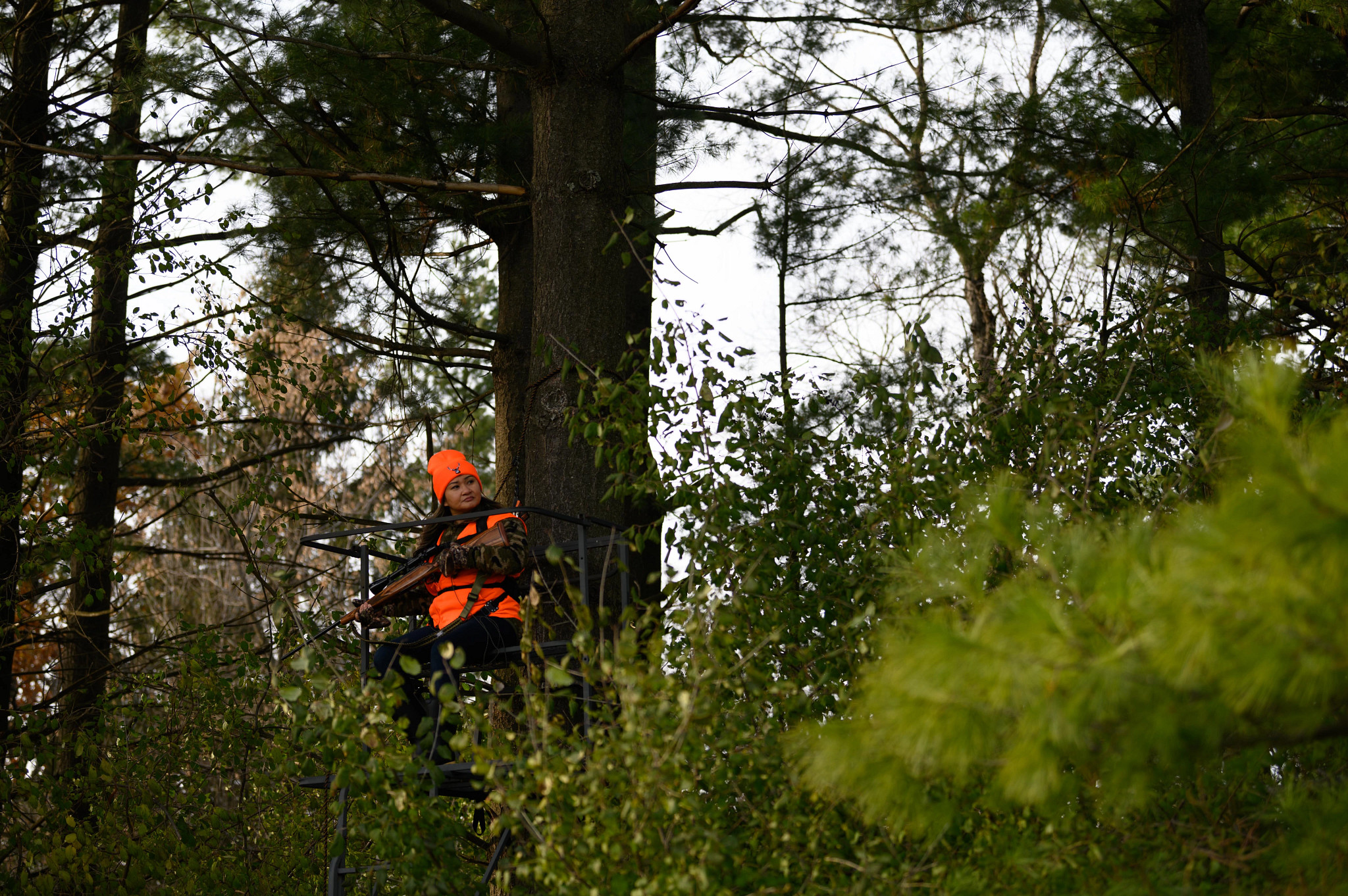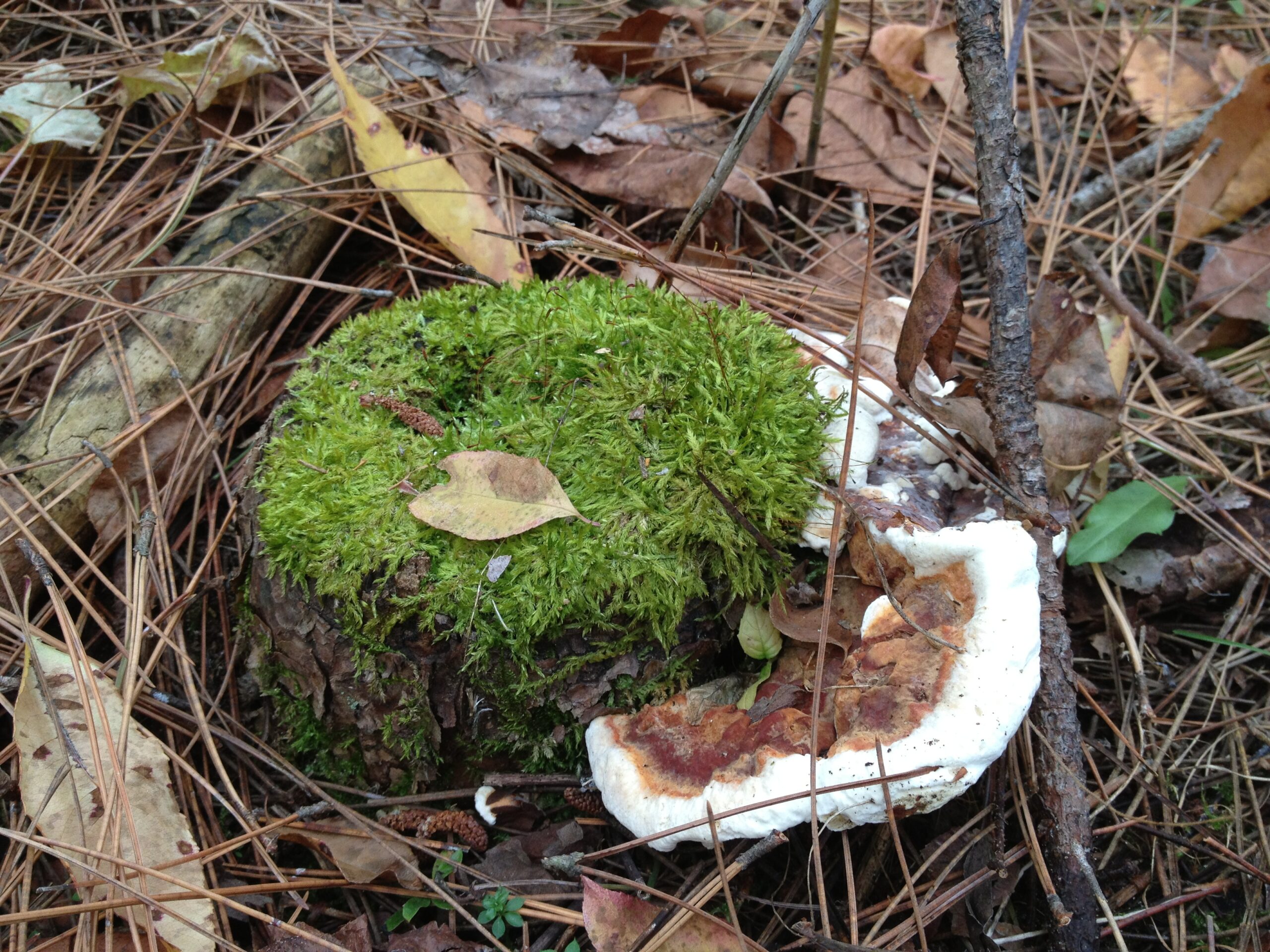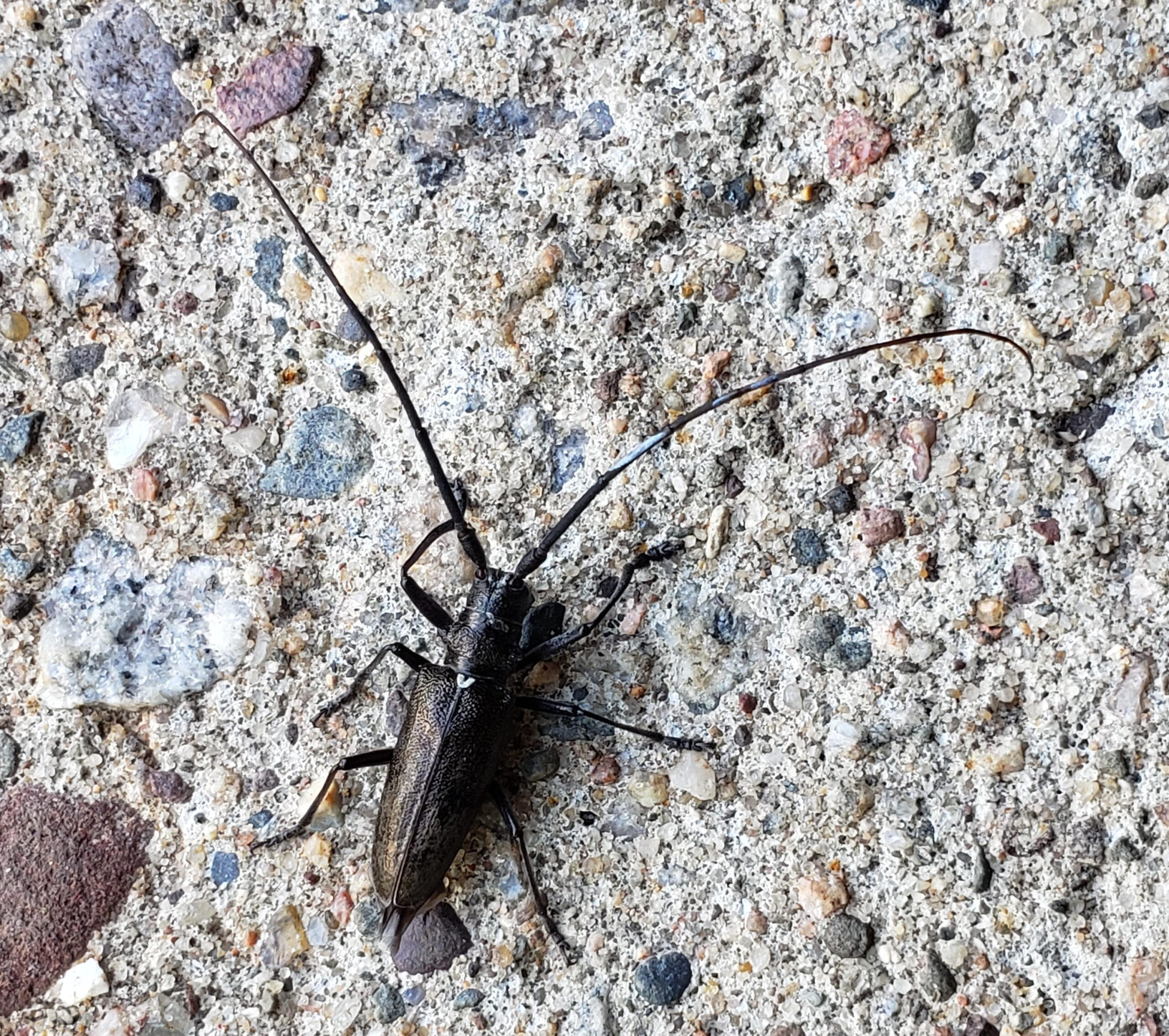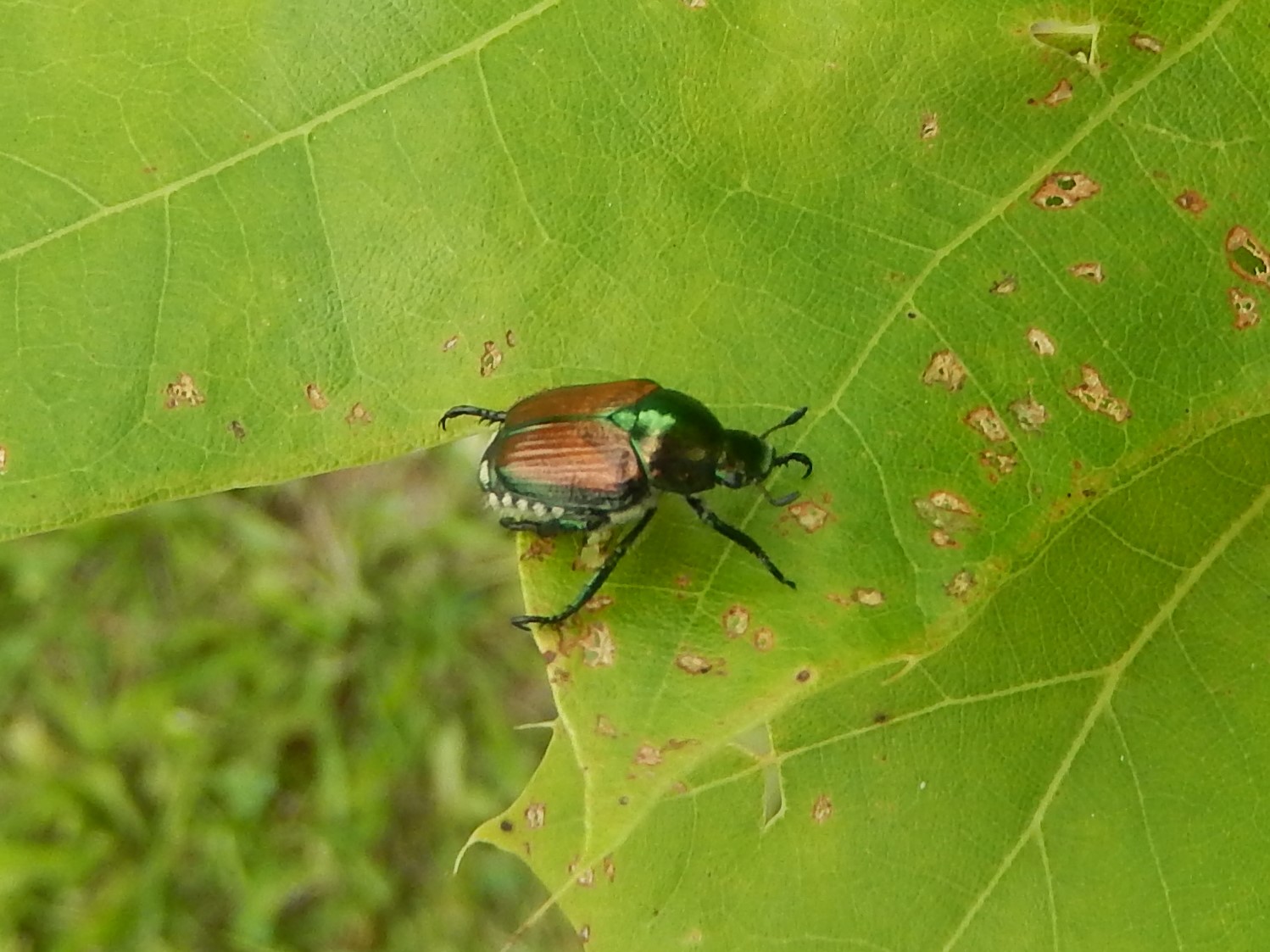By Paul Cigan, DNR Forest Health Specialist, Hayward, paul.cigan@wisconsin.gov or 715-416-4920
Red oak trees in many areas of northern Wisconsin are aptly fitting their name as many crowns exhibit a red hue this summer.
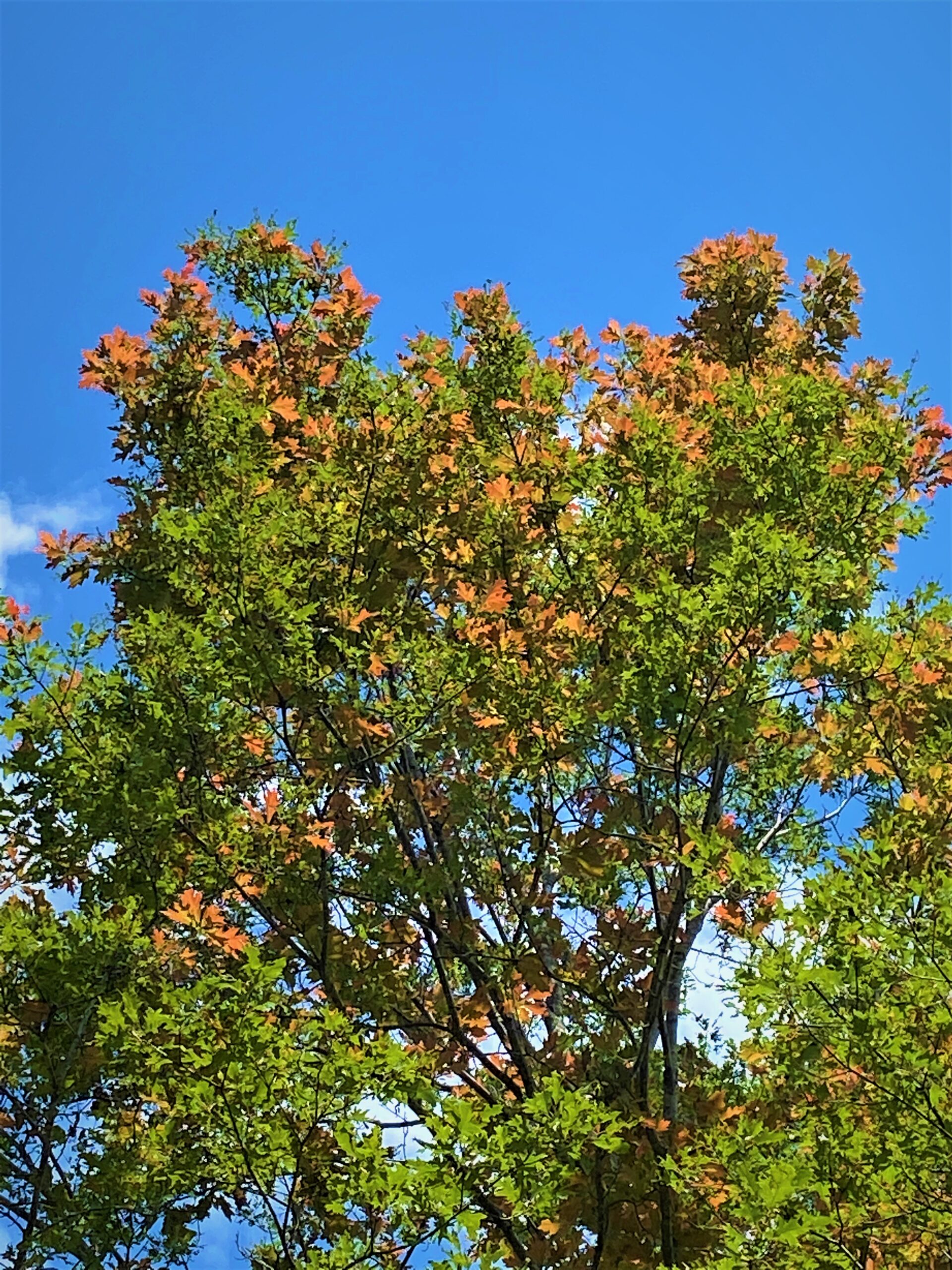
Red oaks are producing a second flush of leaves following oak leafroller defoliation in spring, resulting in trees with red-looking crowns. Photo: Wisconsin DNR
Widespread defoliation by oak leafrollers in May and June has led many oaks to generate a second set of leaves after being stripped. New expanding leaves often display a prominent red color that gives the tree crown a stark reddish appearance from afar.
Continue reading “Red Oak Irony” →

